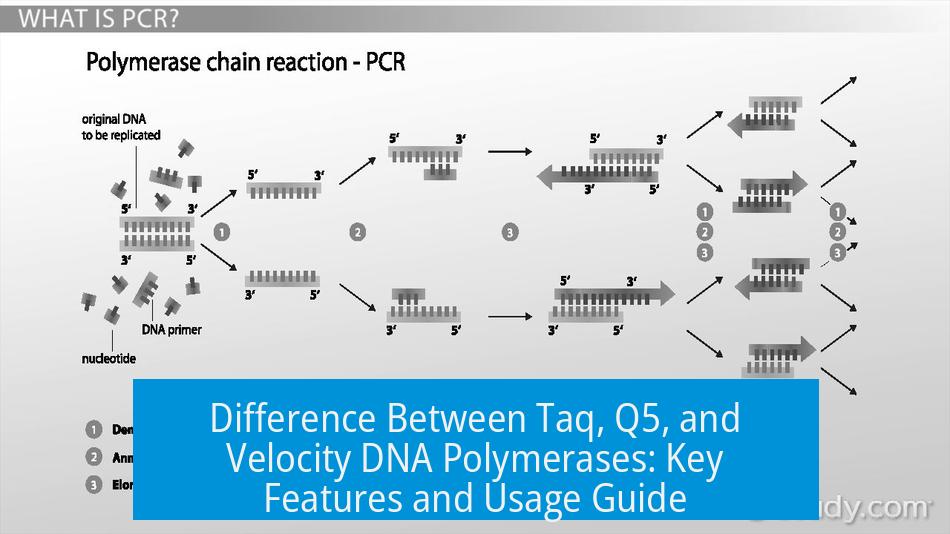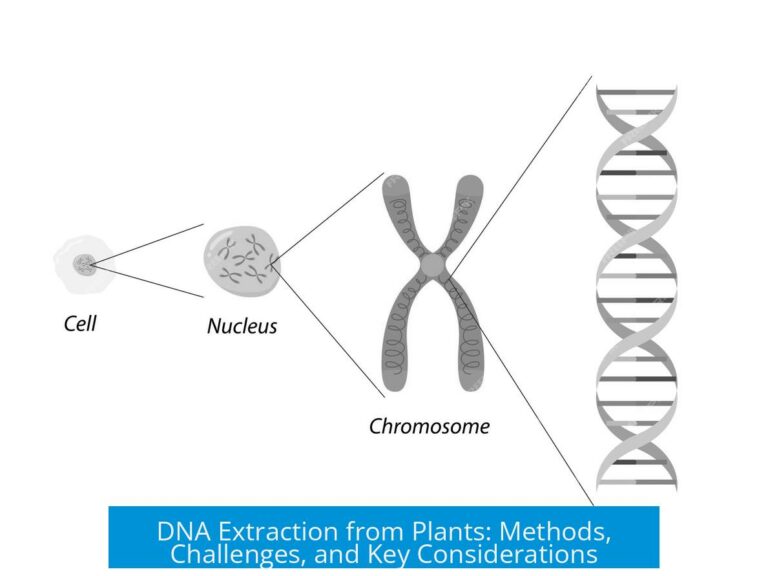Difference Between Taq, Q5, and Velocity DNA Polymerases

Taq, Q5, and Velocity DNA polymerases differ mainly in proofreading ability, product ends, speed, and amplicon length capability. Understanding these differences helps in selecting the optimal enzyme for PCR applications.
Proofreading Activity
- Taq polymerase lacks 3′ → 5′ exonuclease proofreading activity. It incorporates a single 3′ terminal dATP, which can introduce errors during amplification.
- Q5 polymerase possesses robust proofreading exonuclease activity, similar to Pfu and Phusion enzymes. This reduces errors and generates blunt-ended DNA products.
- Velocity polymerase also exhibits proofreading activity, producing blunt-ended products. Its exonuclease function is comparable to Q5 but details are less documented.
Product Ends
- Taq produces A-overhangs due to its terminal transferase activity inserting a 3′ adenine overhang.
- Q5 and Velocity generate blunt-ended products because their proofreading activity removes overhangs.
Speed and Processivity
| Polymerase | Speed & Processivity |
|---|---|
| Taq | Lower speed and processivity compared to Q5; suitable for standard PCR but less efficient on long templates. |
| Q5 | Highly processive and much faster than Taq; supports robust and accurate amplification. |
| Velocity | Similar polymerization speed to Q5, implying good efficiency in amplification. |
Amplicon Length Capability
- Q5 is rated for amplifying long fragments, exceeding 12 kb in length with high fidelity.
- Velocity supports amplification of shorter fragments, rated up to 10 kb.
- Taq generally amplifies shorter to moderate-length fragments with moderate accuracy.
Recommendations and Usage
- Q5 is preferred for cloning and site-directed mutagenesis (SDM) involving long or complex templates due to its accuracy and efficiency.
- Velocity offers similar capabilities but users may consider cost compared to Q5 before choosing.
- Taq remains useful for standard PCR requiring less fidelity and when A-overhangs are desirable, such as TA cloning.
Key Takeaways
- Taq: No proofreading; produces A-overhangs; slower; suitable for basic PCR.
- Q5: Has proofreading; produces blunt ends; high speed and fidelity; amplifies >12 kb.
- Velocity: Similar to Q5 in proofreading and speed; rated for ≤10 kb amplicons; cost-dependent choice.





Leave a Comment